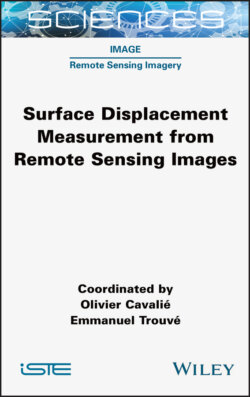Читать книгу Surface Displacement Measurement from Remote Sensing Images - Olivier Cavalie - Страница 21
1.2.5. TerraSAR-X, TanDEM-X and PAZ
ОглавлениеTerraSAR-X (TSX), TanDEM-X (TDX; TerraSAR-X add-on for digital elevation measurement) (Germany) and PAZ (Spain) are similar satellites launched in June 2007, June 2010 and February 2018, respectively. They are compact “Toblerone” satellites, including a SAR antenna and a solar panel fixed on the main body. This shape is compliant with an heliosynchronous dawn–dusk orbit and has a very low altitude of 515 km compared to previous SAR missions. The two German satellites produced a worldwide DEM, following the incomplete coverage of the SRTM/X-SAR mission, still with the interferometry technique and simultaneous bistatic acquisitions: flying together, various baselines were chosen along the project to refine a 12 m DEM at a specified 2 m vertical relative accuracy (slopes less than 20°). The SAR mission started with different beam modes, such as four-beam ScanSAR (100 km), stripmap (30 km), spotlight (10 km) and high-resolution spotlight (azimuth extension limited to 5 km instead of 10 km). Then, in 2013, six-beam wide ScanSAR (194–266 km) and Staring Spotlight (7.5 km max and limited azimuth swath of 2.5–2.8 km) modes were added as operational modes. Staring Spotlight has a 0.18 m resolution in the azimuth and can use a 300 MHz bandwidth to afford a 0.6 m slant range resolution. Polarization can be in co-pol HH or VV, and dual polarization is available with different combinations depending on the mode used. Quad polarization is only available as an experimental mode. In 2009, a noticeable experiment assessed the TOPS mode interferometric feasibility, before the launch of Sentinel-1 (see Chapter 2, section 2.8; see also Prats-Iraola et al. (2012)).
PAZ data can be combined with TSX with a four- or seven-day time interval.
Data access: TSX and TDX data can be obtained at a low cost for scientific use after submitting a relevant proposal to the DLR. The 3 sec (90 m) DEM has been freely available with registration since October 2018: https://download.geoservice.dlr.de/TDM90/. The most precise DEM is commercially distributed by Airbus Defence and Space: https://www.intelligence-airbusds.com/imagery/reference-layers/.
